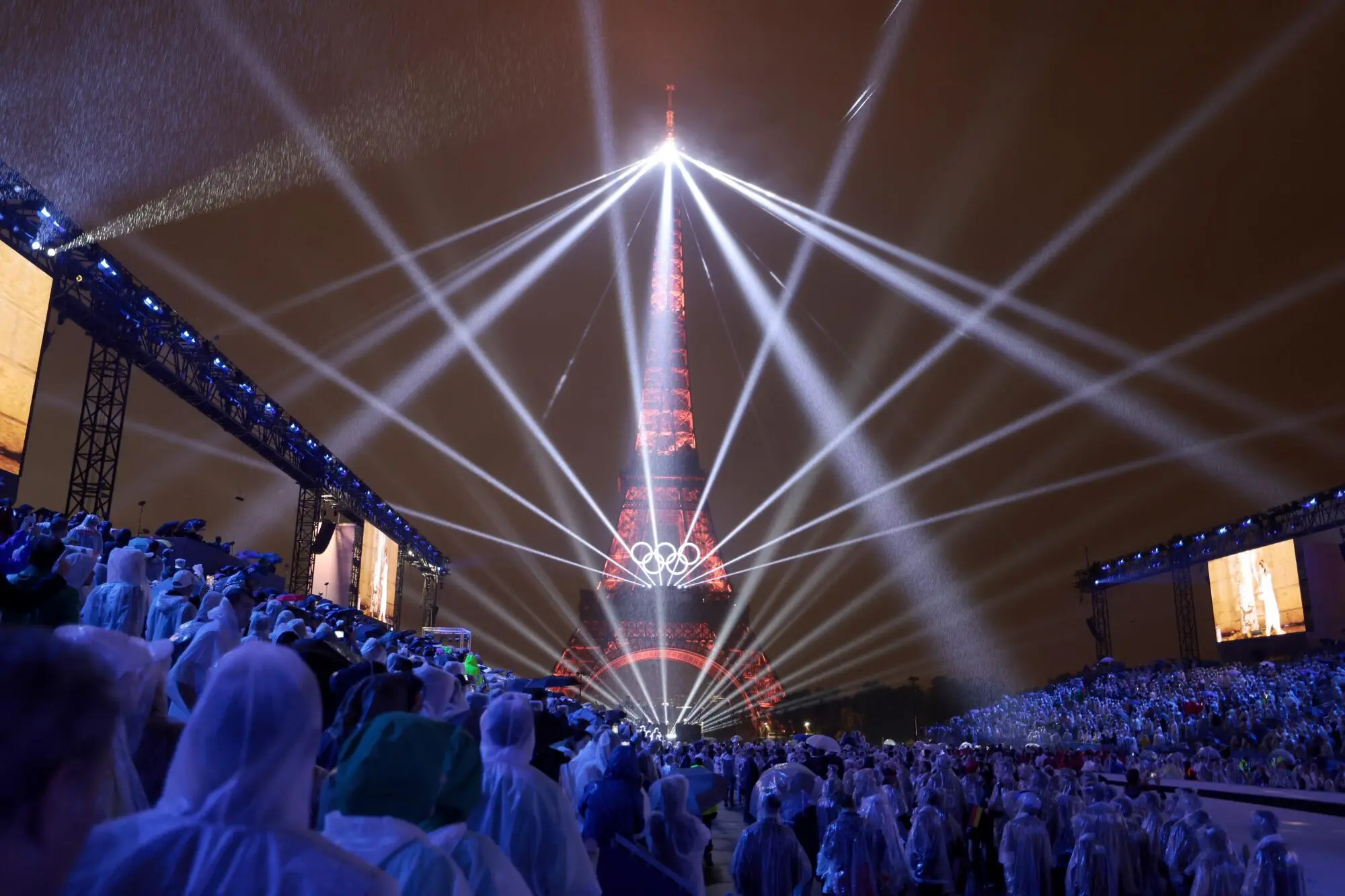The 17th Paralympic Games began with a spectacular opening ceremony that set the tone for an inspiring and joyful event. Held at the Place de la Concorde, the ceremony unfolded under clear blue skies and featured a vibrant celebration of specially-abled sports. With a crowd of 35,000 spectators, the event was marked by bold, expressive dance and a parade of 128 nations, creating a festive atmosphere and showcasing a city still revelling in its historic summer.
Andrew Parsons, head of the International Paralympic Committee, called for a “revolution of inclusion” in his speech, while Paris 2024 President Tony Estanguet praised the enthusiastic fans, describing them as “la public complètement fou.” French President Emmanuel Macron briefly declared the Games open, but the energy of the night was driven by the performance and celebration rather than the formalities.
Unlike the Olympic opening ceremony, the Paralympics opening was unmarred by adverse weather conditions. With temperatures around 30°C and clear skies, the event proceeded smoothly. The French delegation made their entrance to the sounds of classic French music, further enhancing the festive atmosphere.
The ceremony, titled “Paradox,” explored the theme of moving from Discord to Concord, reflecting the rich history and geography of Paris. It began with an outdoor parade along the Champs-Élysées, a nod to the traditional French celebration of heroes. This iconic avenue, previously reserved for the Olympics, was dedicated to the Paralympics, where it will also feature in the marathon on the final day.
Following the street festivities, the ceremony continued at the Place de la Concorde, a historic square symbolizing reconciliation and unity. Creative director Thomas Jolly highlighted the ceremony’s aim to address the gap between people with disabilities and societal norms, advocating for greater mutual consideration and adaptation.
The performances, directed by Swedish choreographer Alexander Ekman, were divided into five acts and included a dynamic mix of dance, music, and visual arts. Notable moments included French swimmer and model Théo Curin’s entrance in a red taxi and a powerful rendition of Ravel’s Bolero. The performances featured both disabled and non-disabled artists, culminating in a stirring display of unity and artistic expression.
The final act saw the lighting of the Olympic cauldron and the release of a bronzed balloon into the night sky, symbolizing the Games’ commencement. Ekman’s vision for the ceremony, focusing on the power of images and experiences over words, was aptly realized, making for a memorable start to the 2024 Paralympics.







